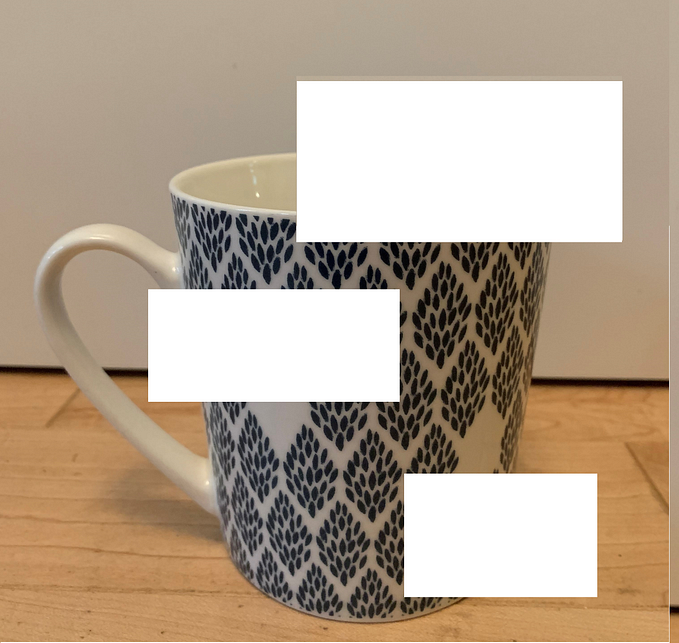Intelligent Visual Data Discovery with Lux — A Python library
Rethinking a Visual dataframe workflow based on the user’s intent
“Exploratory data analysis is an attitude, a state of flexibility, a willingness to look for those things that we believe are not there, as well as those that we believe to be there.” — John W Tukey
The importance and necessity of data visualization in data science cannot be emphasized enough. The fact that a picture is worth a thousand words can be aptly applied to any project's life cycle associated with data. However, a lot of times, the tools that enable these visualizations aren’t intelligent enough. This essentially means that while we have hundreds of visualization libraries, most of them require users to write a substantial amount of code for plotting even a single graph. This shifts the focus on the mechanics of the visualization rather than the critical relationships within the data.
What if there were a tool that could simplify data exploration by recommending relevant visualizations to the users? There is a new library in the town called Lux 💡 , and it has been developed to address these very questions.
This article is based upon @Doris lee’s session on Lux during the Rise Camp 2020. Special thanks to Doris for allowing me to use the resources…










